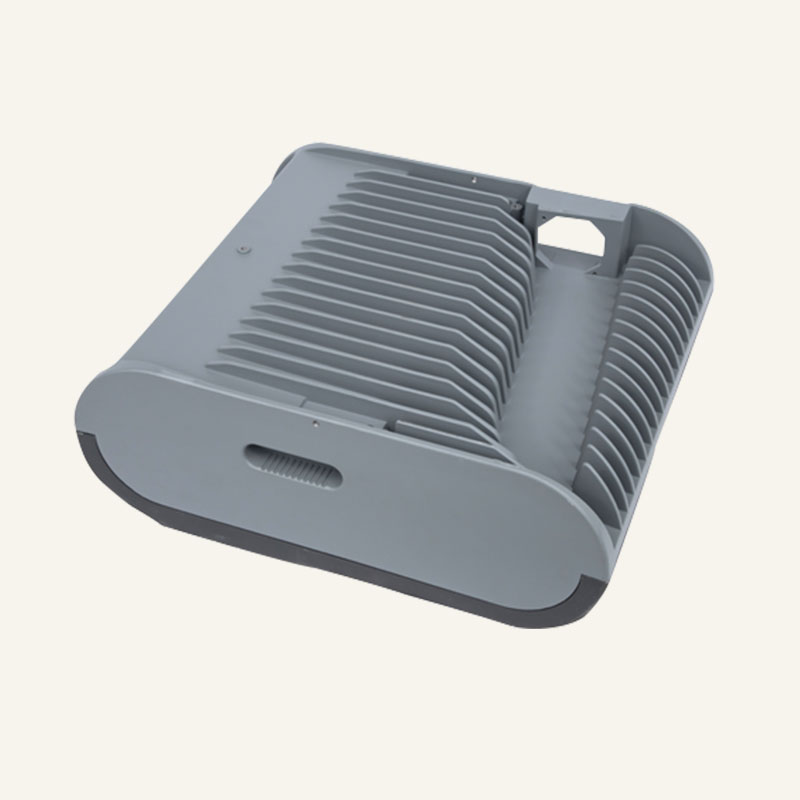led lighting - aluminum housing led lighting
by:Hanway
2019-09-02

LED (
LEDs)
A solid-state semiconductor device made of silicon elements, which converts electric energy into optical energy, is becoming more and more popular around the world due to its wide range of uses.
It has a wide range of advantages in lighting and other energy sectors. LED-
Since there are no mechanical or moving parts, the lighting system based on the lighting system is very durable.
Low power consumption of LED, thus saving energy.
The life of ordinary incandescent lamps is 1,000-
The service life is 5,000 hours, while the service life of LED lights is 50,000 hours.
Longer life of LED
The base light reduces the frequency of replacement, thus saving a lot of money and improving the environment, especially in terms of maintenance and recycling.
Despite the initial investment in installing LED
The infrastructure system is high and can recover investment costs in a short period of time, so it is economical in the long run.
The brightness of the LED lighting system is continuously improved, which has higher lumen output than the traditional lighting system.
Unlike incandescent lamps and other traditional light sources, LED products do not generate heat in the form of infrared radiation, which generates a lot of heat and makes the environment unpleasant.
Without thermal production, more equipment or fixtures can be installed in various industries such as textile mills and steel mills.
LED is produced by cold light and is more efficient because most of the energy radiation is within the visible spectrum.
Common energy-efficient light sources such as fluorescent lamps and incandescent lamps produce high thermal radiation outside the visible spectrum.
The LED is basically composed of two elements of the processed material: P-
Semiconductor and N-type
Semiconductor.
To form an area called P-these two elements are directly in contact with each otherN junction.
The composition of different materials determines the wavelength and color of the light produced.
The LED has a transparent package that allows visible or infrared energy to pass through.
In order to obtain LED in different colors, the main semiconductor materials used for manufacturing are :-
Gan-in (InGaN)
This will produce high brightness LED in blue, green and UV-
Phosphorus ester of aluminum, sodium oxide (AlGaInP)
Produce LED with yellow, orange and high red brightness. -
Aluminum Arsenic (AlGaAs)
This will produce red and infrared LED.
Phosphate (GaP)
Produce yellow and green LED.
The LED system can be turned on immediately even at cold temperatures, which helps to make the environment in the industrial zone more comfortable.
Custom message








